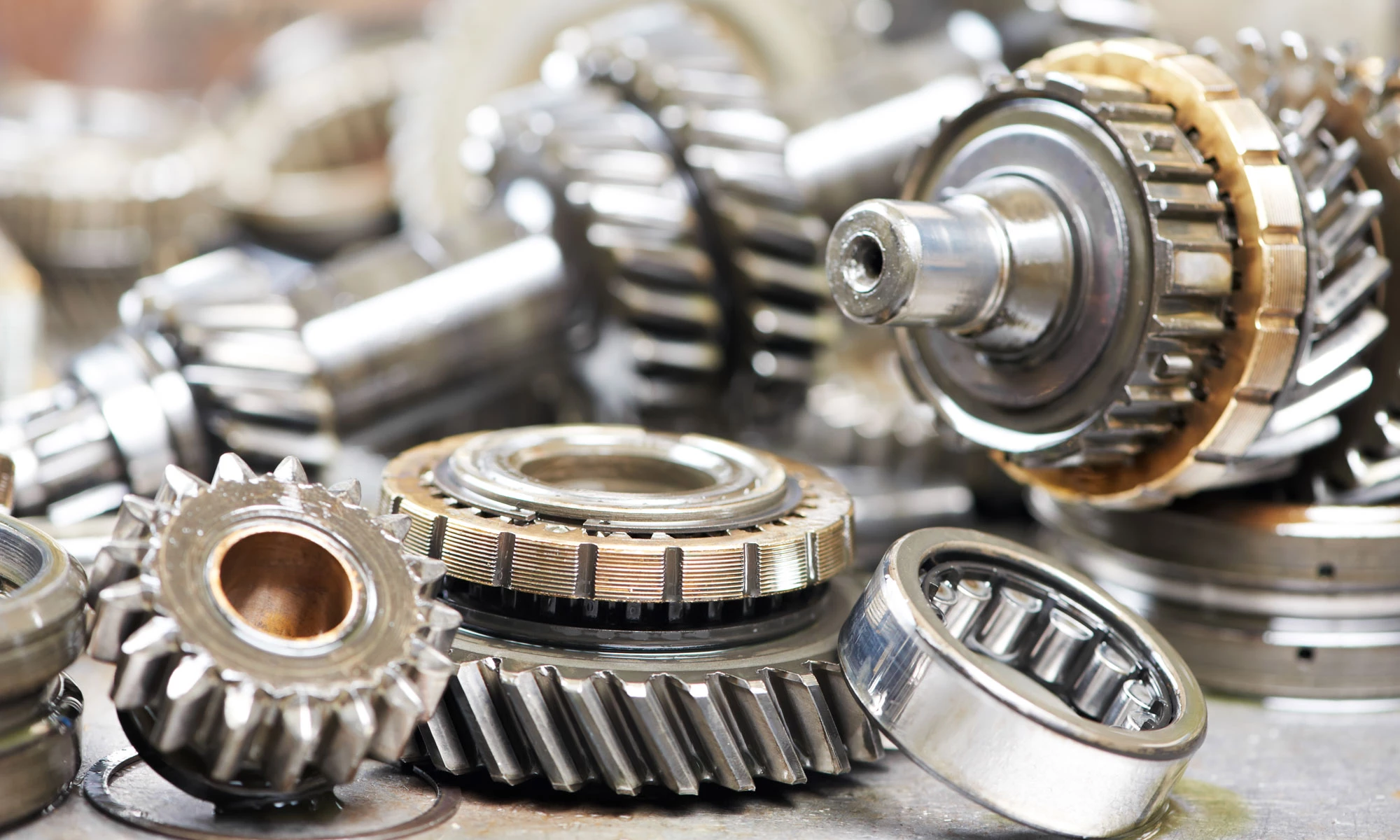Returning parts chain – recovery of recyclable parts
The automotive industry is one of the largest industries in the world and deals with one of the most expensive consumer goods. Therefore, the declining parts chain is an important issue for this industry. The three main areas are:
- Recovery of parts and materials from end-of-life vehicles
- Remanufacturing of old parts
- Stock balancing returns of new parts from dealers
The declining parts chain is due to the customer taking his vehicle to a dealer who replaces the defective part with a remanufactured one. The dealer in turn sends the defective part to the car manufacturer for reconditioning. In this way, the car manufacturer receives a stable supply of used parts for reconditioning. The following key processes must be established:
- Product acquisition: procurement of used products from the consumer by the reseller or manufacturer
- Return logistics: transport of products to a facility for inspection, sorting and disposal
- Inspection and disposal: assessment of the condition of the return and making the most profitable decision for reuse
- Remanufacturing: returning the product to its original specifications
- Marketing: creation of secondary markets for the recovered products
Reprocessing process
The remanufacturing process consists essentially of replacing or repairing worn modules or components. Remanufacturing can be considered as a form of overhaul of the product, which has the same characteristics as the original product. Increasing the recycling rate would significantly reduce the amount of waste per vehicle produced. It is assumed that the residual amount of waste products remaining in landfills could be reduced by 70 % if reprocessing were to be used consistently. In addition, energy savings of up to 80 % would be achieved, which would result from the production of comparable new parts.

